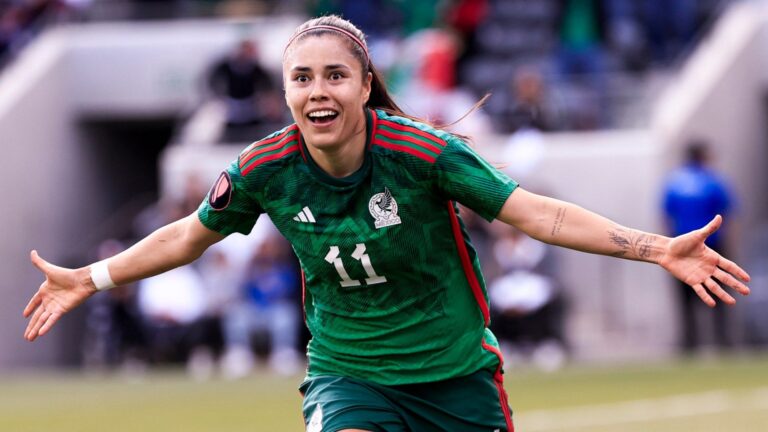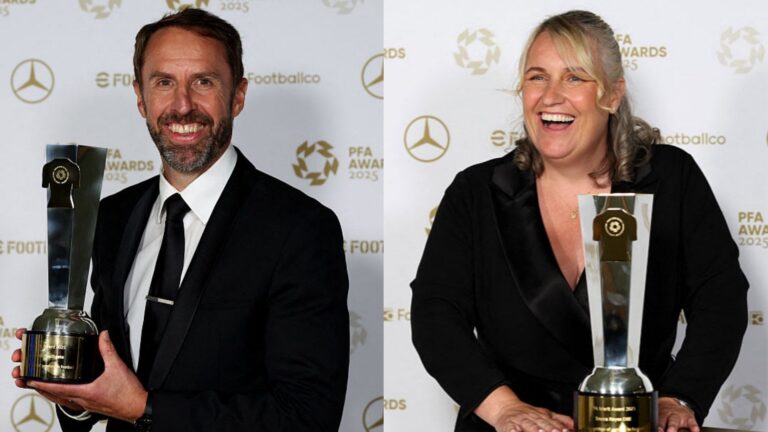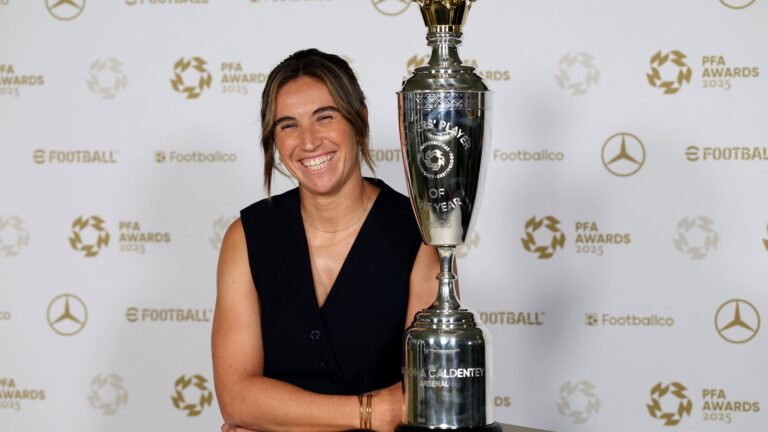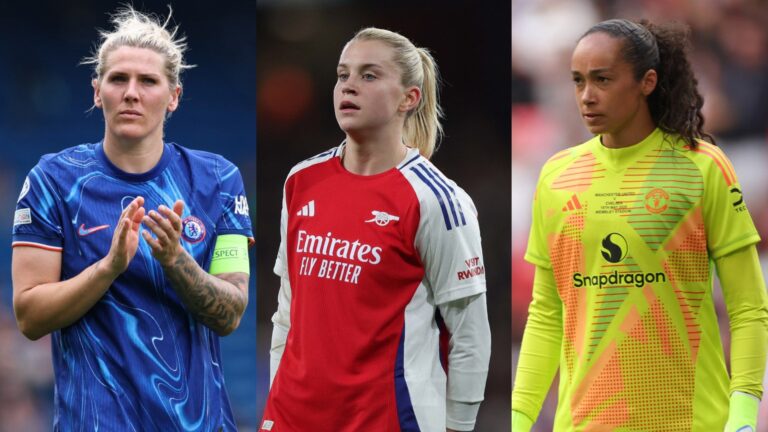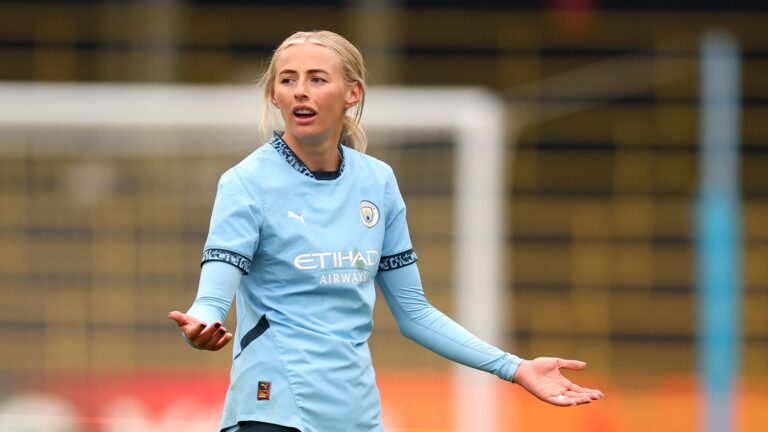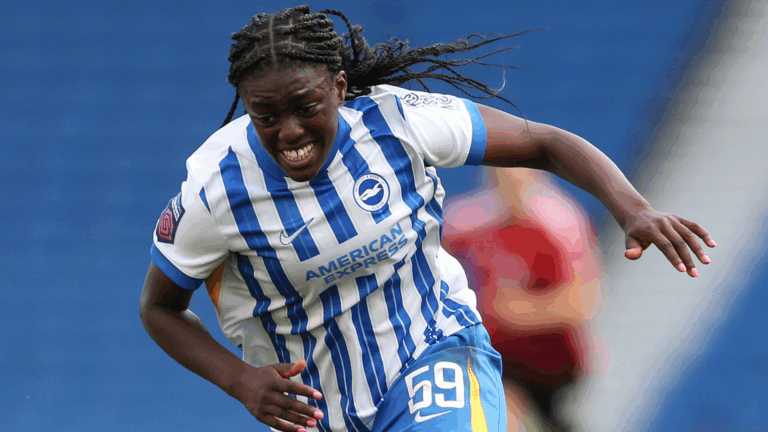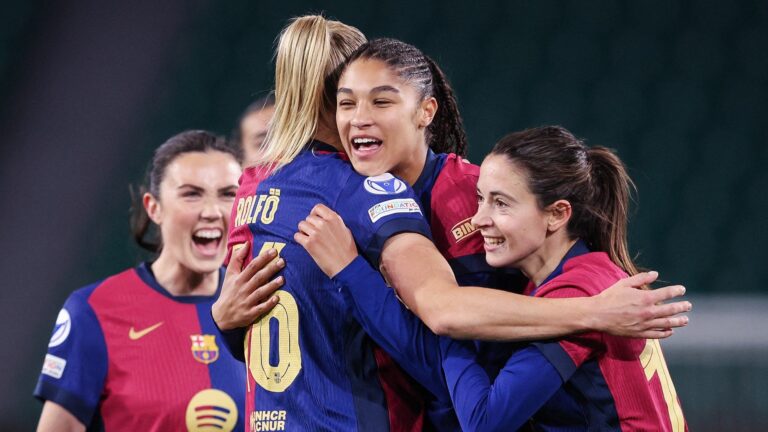برشلونة‘s men’s and women’s teams have experienced quite contrasting fortunes over the last few years. While the latter have reached all of the last five دوري أبطال أوروبا finals, winning three of them, and been the unwavering, dominant force in Spanish women’s football, the former have found themselves fighting fires when it comes to the financials, with off-pitch issues regularly impeding them in their own quest to return to the very top of the European game.
Indeed, one of the biggest concerns in Catalunya over the past few weeks has surrounded player registration, yet again, with head coach Hansi Flick admittedly "not happy" that the availability of both Marcus Rashford and Joan Garcia for the start of the new campaign remained up in the air until almost the last minute. "The same thing happened last season," he lamented, before everything was finally resolved just in time for Barca’s first La Liga game.
Barca Femeni have long been able to escape the impact of these issues, unlike other sections of the club. But, perhaps inevitably, that appears to be changing. A rather worrying summer suggests those problems are now seeping into the fortunes of this all-conquering side, whose ability to fight on all four fronts so formidably looks set to be hampered in 2025-26.






Barcelona’s men’s and women’s teams have experienced quite contrasting fortunes over the last few years. While the latter have reached all of the last five Champions League finals, winning three of them, and been the unwavering, dominant force in Spanish women’s football, the former have found themselves fighting fires when it comes to the financials, with off-pitch issues regularly impeding them in their own quest to return to the very top of the European game.
Indeed, one of the biggest concerns in Catalunya over the past few weeks has surrounded player registration, yet again, with head coach Hansi Flick admittedly “not happy” that the availability of both Marcus Rashford and Joan Garcia for the start of the new campaign remained up in the air until almost the last minute. “The same thing happened last season,” he lamented, before everything was finally resolved just in time for Barca’s first La Liga game.
Barca Femeni have long been able to escape the impact of these issues, unlike other sections of the club. But, perhaps inevitably, that appears to be changing. A rather worrying summer suggests those problems are now seeping into the fortunes of this all-conquering side, whose ability to fight on all four fronts so formidably looks set to be hampered in 2025-26.
That Barcelona called a press conference on Monday with Xavier O’Callaghan, the head of professional sports, to explain the impact of the Financial Fair Play (FFP) rules on all sections of the club is indicative of what is going on in Catalunya at the moment. La Liga’s regulations take into account all teams representing Barcelona, something that has hampered others at the club in previous years.
A multi-sports organisation which has sections including handball, volleyball and even rugby, it was just two years ago that Barca’s basketball team lost Nikola Mirotic, its first player in 14 years to win the EuroLeague MVP award, because of financial issues.
“He is fantastic and a great player, he has given us many successes and is a great person, but the situation is what it is and to register players we have to comply with the viability plan that we presented to La Liga. It requires a reduction in the sections,” president Joan Laporta told Catalunya Radio as the club terminated Mirotic’s contract two years before its expiry.
“We would like each section to have its own Fair Play and not depend on La Liga,” O’Callaghan said on Monday. “But we must accept the rules that exist today.”
The women’s team hasn’t been embroiled in these issues much at all in recent years, avoiding instances like that involving Mirotic and the basketball team. However, this summer has been different – and worryingly so. Barca’s wage bill across all sections exceeded its budget by €7 million (£6m/$8.1m), O’Callaghan explained this week, meaning reductions have been needed across the board to meet the FFP rules.
As such, there have been a number of key departures from the women’s team. Both Ellie Roebuck and Fridolina Rolfo had their contracts terminated by mutual consent, paving the way for them to join أستون فيلا ومانشستر متحد, respectively, while Ingrid Engen left upon the expiry of her deal to sign for Lyon. As for transfer fees in, five academy products have been sold, with Jana Fernandez, who has signed for London City Lionesses, the most noteworthy.
What has raised alarms in particular, though, is the lack of movement in the other direction. Barca have made just one signing this summer, that which brought former youth team player Laia Aleixandri back to the club on a free after her three years with مانشستر سيتي. It leaves the first-team squad looking rather light, especially if Barca are going to put up a fight on four fronts again this year.
That’s despite O’Callaghan revealing that the women’s team’s budget has actually increased by €1m (£860,000/$1.17m). “But the market is inflated,” he explained. “To keep the most important players, you have to spend more money, so you need to turn to the youth academy.”
That academy is the one serious positive for Barca at the moment, aside from the fact that their starting XI will still feature many of the best players in the world, such as Alexia Putellas, Aitana Bonmati, Patri Guijarro, Caroline Graham Hansen and Ewa Pajor.
It is certainly far from ideal that their ability to make a mark in the transfer window is hampered, particularly at a time when, as O’Callaghan notes, there is a lot of money being thrown around. In January, تشيلسي broke the world transfer record when they signed American centre-back Naomi Girma, who became the first million dollar player in women’s football. Then, just last month, أرسنال went one better, making Canadian forward Olivia Smith the first million pound لاعب.
But the good news is that there is a fantastic pipeline of young talent for Barca to tap into. While also becoming the team to beat at the elite level in the last five years, the Catalans have also become one of the very best clubs in the world for developing young talent, having expanded La Masia to include female players.
There is local talent following in the footsteps of Bonmati and Putellas into the first-team, as well as a lot of potential international stars who have been brought to the club and are starting to break through. Sydney Schertenleib was the most notable name to do so last season, having arrived from Switzerland last summer, and it is likely that others will get their chance too, while the stature of players such as Schertenleib and Vicky Lopez, among others, grows.
Emilia Szymczak is a good example. The 19-year-old has impressed plenty in the B team since moving to Catalunya in 2023 and she added to her senior experience in a big way this past summer, playing all three games for بولندا at Euro 2025. She would, therefore, be a prime candidate for more opportunities.
There are plenty of others, too. Celia Segura and Clara Serrajordi, for example, are among six Barcelona players who helped Spain win the Under-19 Euros this summer. It is promising stars like this who could be set to benefit and be given the opportunity to shine, even if it is only to give some of Barca’s key players a little rest in lower-profile games.
Adhering to these restrictions is vital for Barca Femeni moving forward, too, with all of Cata Coll, Ona Batlle and Claudia Pina out of contract next summer.
رياضة reported last week that the ‘priority’ of Marc Vives, Barcelona’s sports director of women’s football, has been to ‘renew the key pieces’. Spain internationals Coll, Batlle and Pina all fit into that bracket, and it is vital that the club has the space to offer them new deals in the next 12 months.
But that is not to say this is in any way an ideal situation for Barcelona to be in ahead of the new season for the women’s team. While clubs in إنجلترا, in particular, but also still Lyon in France, are investing tremendously in their teams, the side that has reached each of the last five Champions League finals comes into the new campaign rather hamstrung.
Barca’s starting XI may well still be one of the very best in the women’s game – if not ال best – but it is likely to take more than that in order for them to fight hard on four fronts once again, as they have done so consistently and successfully over the last few years. A big injury here or there is likely to be particularly damaging to Pere Romeu’s shallow squad.
However, as a result of the financial chaos of FC Barcelona finally branching out to impact its all-conquering women’s side – which is, incidentally, the only self-sufficient section of the club in a monetary sense – that is the reality this season for the three-time European champions. In order to enjoy the levels of success they have become accustomed to in recent times, and bounce back from May’s Champions League final defeat to Arsenal, they’re going to have to overcome some serious challenges.


